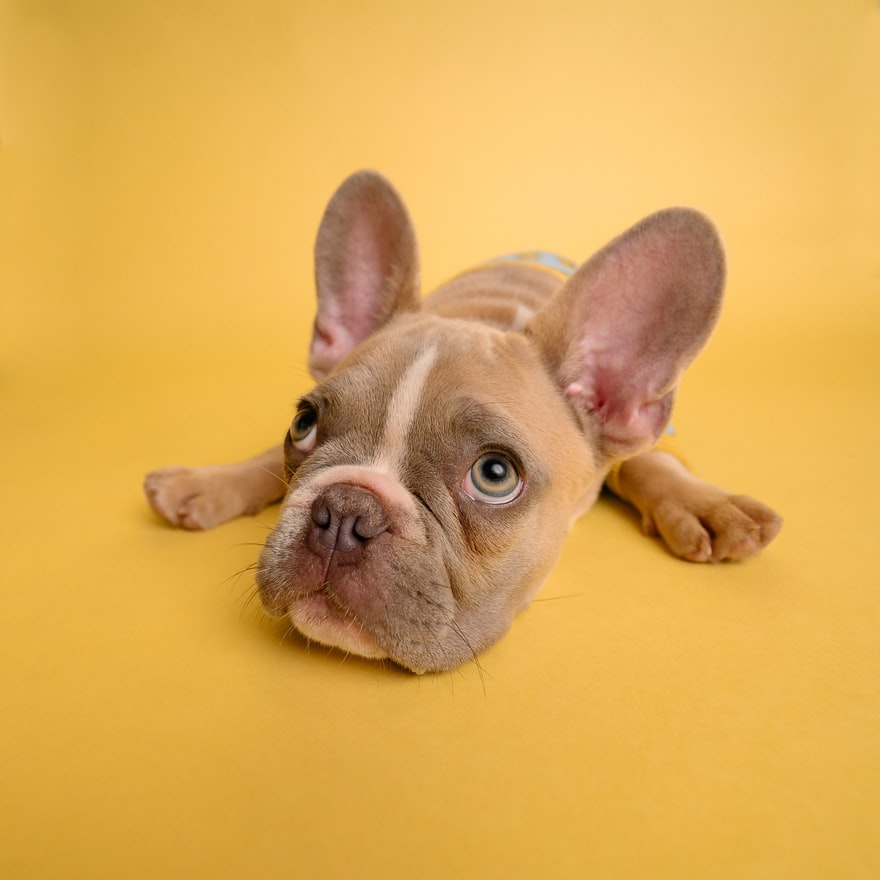There are several options for dry food, wet food, small variety equations, and a massive range of recipes. Consult your veterinarian for advice based on your dog’s specific health requirements.
Food and Water Bowls
Begin with smaller plates and progress to larger ones as your puppy grows. Look for sturdy dishes that won’t topple over if your dog accidentally bumps into them. Also, make sure they aren’t difficult to clean.
Over the day, have a lot of new water available. To avoid the stink in the house, it’s a good idea to take the dog out right after eating and drinking from the start.
Collar IDs and Tags
The importance of a collar and identification marks cannot be overstated. These are needed in many places, but even if they aren’t, they’re handy if your dog gets separated from you. You’ll need something durable yet adaptable to grow with your growing puppy. In any case, expect to replace the collar periodically as it grows.
Leash
Leashes are a crucial training tool, and in most places, they are also mandatory. Check your local leash rules to make sure you’re following them when you take your new puppy out.
Leashes, like collars, come in a variety of materials, designs, and lengths. To begin training, a robust six-foot leash is ideal.
Crate
Another helpful training tool is a crate. It’s tempting to acquire a big crate right away, especially if you expect your puppy to develop into a big dog. However, it’s best to start modestly when it comes to training.
Bed for your Puppy
Canine beds are far more than a comfy place to relax during the day. They can be used as a preparatory device in the same manner that the other items on this list can. You may train your puppy to sleep on its bed while you’re preparing it to sleep. Want to train your dog with the best trainers? Check out dogs365.com.
Toys
Toys are a must-have for any dog. Doggy-safe-biting toys are fantastic for teething puppies and assisting them in understanding what is appropriate for them to bite on and so on.
Treats
In exchange for positive reinforcement, treats can help it learn to pee outdoors, walk on a rope, and then go into its container; the possibilities are endless.
Treats should be small enough to devour in a few chomps so that they don’t sabotage your progress.
Grooming Supplies
The variety determines the prepping materials you’ll need. Short-haired types may require a brush, a cleaner for an occasional shower, and a nail trimmer. Long-haired species may require various brushes and brushes to keep up with their jacket over time.
Cleaning Supplies
These goods are specifically designed to remove pet stains and odors, preventing dogs from marking the exact spots over and over. Any cleaning products should be kept on a high shelf or in a closet or bureau out of reach of your dog. While you’re considering your new dog’s needs, keep in mind that these are the essential items you’ll need on hand before bringing the dog home.

